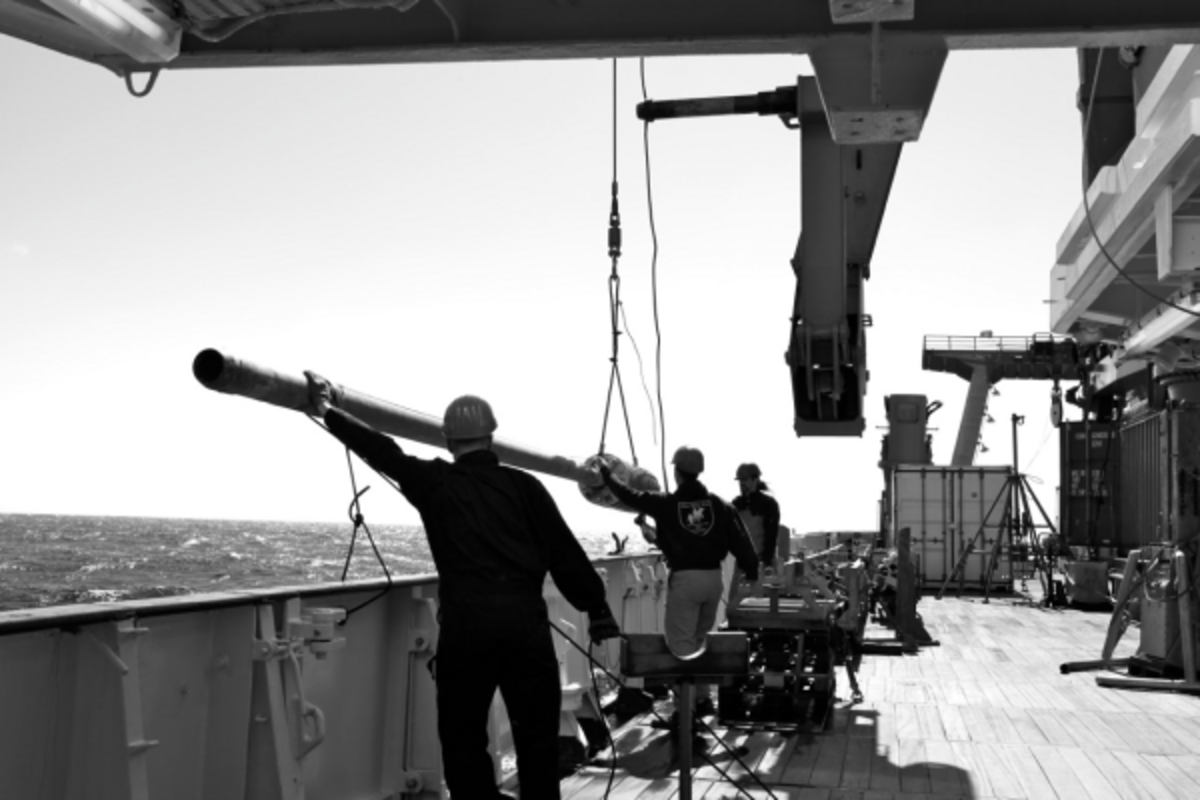Method / Description Ammonia
APPARATUS:
Eppendorfpipettes (10-100 µl, 100-1000 µl und 1-5 cm3)
Various volumetric flasks
Various cylinders und beakers
Various bottles to store the reagents
Photometer
REAGENTS:
Phenol solution: Dissolve 8.0 g phenol in 30 cm3 ethanol and 60 cm3 pure water. Dissolve 60 mg disodium nitroprusside in 10 cm3 pure water and add to phenol solution. Store refrigerated and tightly closed in glass bottle. Stable for several months.
WATCH OUT: Phenol is toxic and corrosive. Protect yourself and collect the waste for special disposal.
Sodium hydroxide: Dissolve 20 g NaOH in 1 dm3 pure water. Store in PE-bottle.
Citrate buffer: Dissolve 24 g trisodium citrate in 50 cm3 pure water to which 2 cm3 NaOH-solution is added. Store in PE-bottle at room temperature. Stable for several months.
DTT reagent: Dissolve 50 mg dichloro isocyanuric acid in 20 cm3 NaOH-solution. Unstable. Prepare immediately before use. NH4-standard (MERCK) 1 g NH4Cl per liter
Salt water 36 g/l NaCl in pure water
STANDARDS:
Stock standard: NH4+-standard (MERCK) = 55.56 mmol/l
Work standard: Dilute the stock standard with salt water in different relations. To obtain standards with different concentrations for a calibration (5-6 calibration points).
Calibration range: 16.67 - 83.55µmol/l (for pore water samples) and 1.667 -16.67 µmol/l (for samples from the water column)
PROCEDURE:
1 cm3 of sample or standard is made up to 5 cm3 with pure water and 0.2 cm3 phenol solution is added. After 2 minutes 0.1 cm3 citrate buffer and 0.2 cm3 DTT reagent are added. After mixing, the samples are kept protected from sunlight for about 10 hours under room temperature, before the absorbance is measured at 630 nm.
To speed up the development of the indophenol blue, the samples can alternatively be kept at 30-40°C for 1-2 hours. (WATCH OUT: lids might pop up !)
INTERFERENCES:
High concentrations of H2S (> 1mM) in the sample have a negative influence on the measurements. Therefore these samples should be acified with 10 µl HCl (30%/suprapur) per cm3 sample and then be stored for 1-2 days, without lid, in a cool room. (Don`t forget the dilution factor of the acid when you calculate the final result!) It is also possible to displace the H2S by Argon.
Bacterias can oxidate NH4 rapidly. Samples should be measured as quick as possible after sampling. Avoid pollution.



